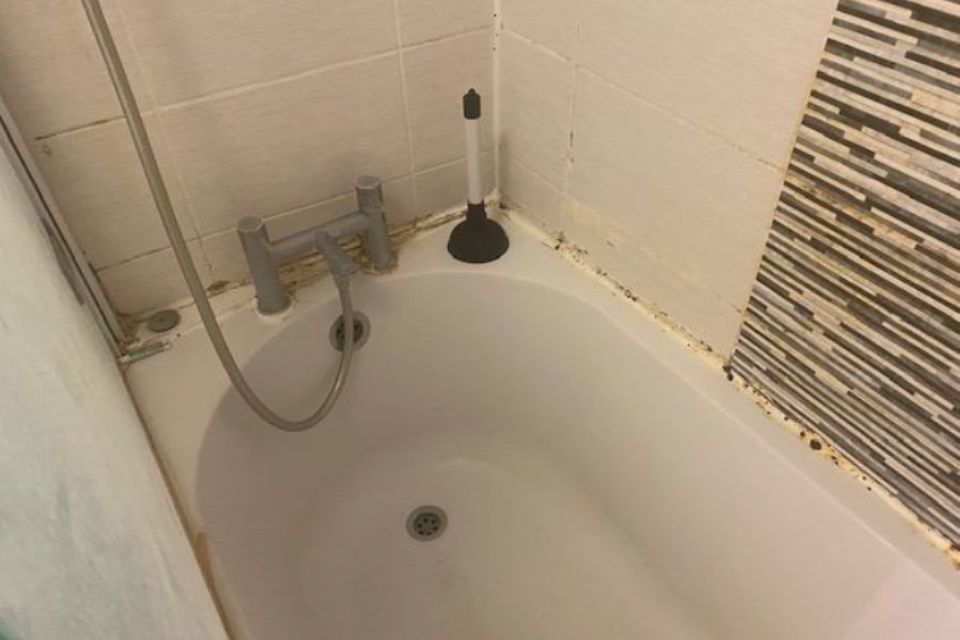
Location: Oxford
Type of property: Victorian Terrace with 9-inch Brickwork – Converted to flats
Services used:
Materials Used:
Problem: Our non-invasive damp survey found moisture readings that revealed evidence of damp in the bathroom floor screed, below the ceramic floor tiles – adjacent hall and kitchen did not show any defect. The mastic sealant around the bath edging had become defective, allowing surface water to enter the space below the bath, thus soaking the screed. This moisture migrated to areas below the floor tiles, becoming trapped. Condensation was evident in the reception room, which was being used to dry laundry, and was heavily congested with belongings. Kitchen extractor fan not working, unable therefore to remove damp air and allowing condensation to form. A sump unit that was installed in 2015 had not been serviced since installation.
Works completed: No treatments were provided by Property Conservation Services at this time, however a service for the sump pump was arranged. Recommendations to the client for reducing condensation and preventing black mould included: We also took the opportunity to explain more about mould growth in damp properties: For active growth to occur mould requires an atmosphere of a minimum of 75% RH, but most fungi thrive at 80% RH or above. The presence of mould is therefore an indication of condensation. Condensation is due to the presence of damp air and a cold surface. To prevent condensation, efforts should be made to: –
